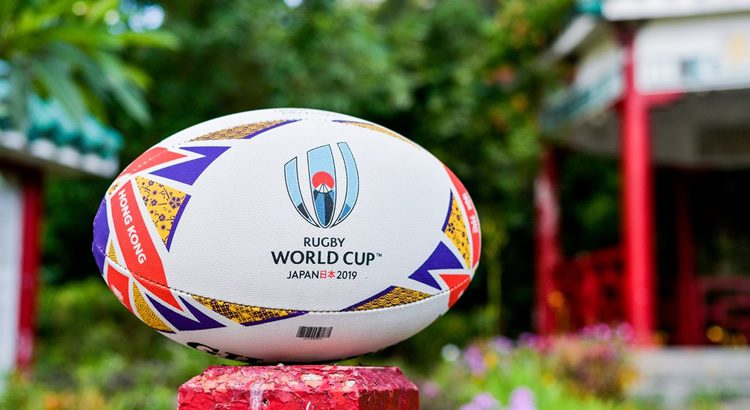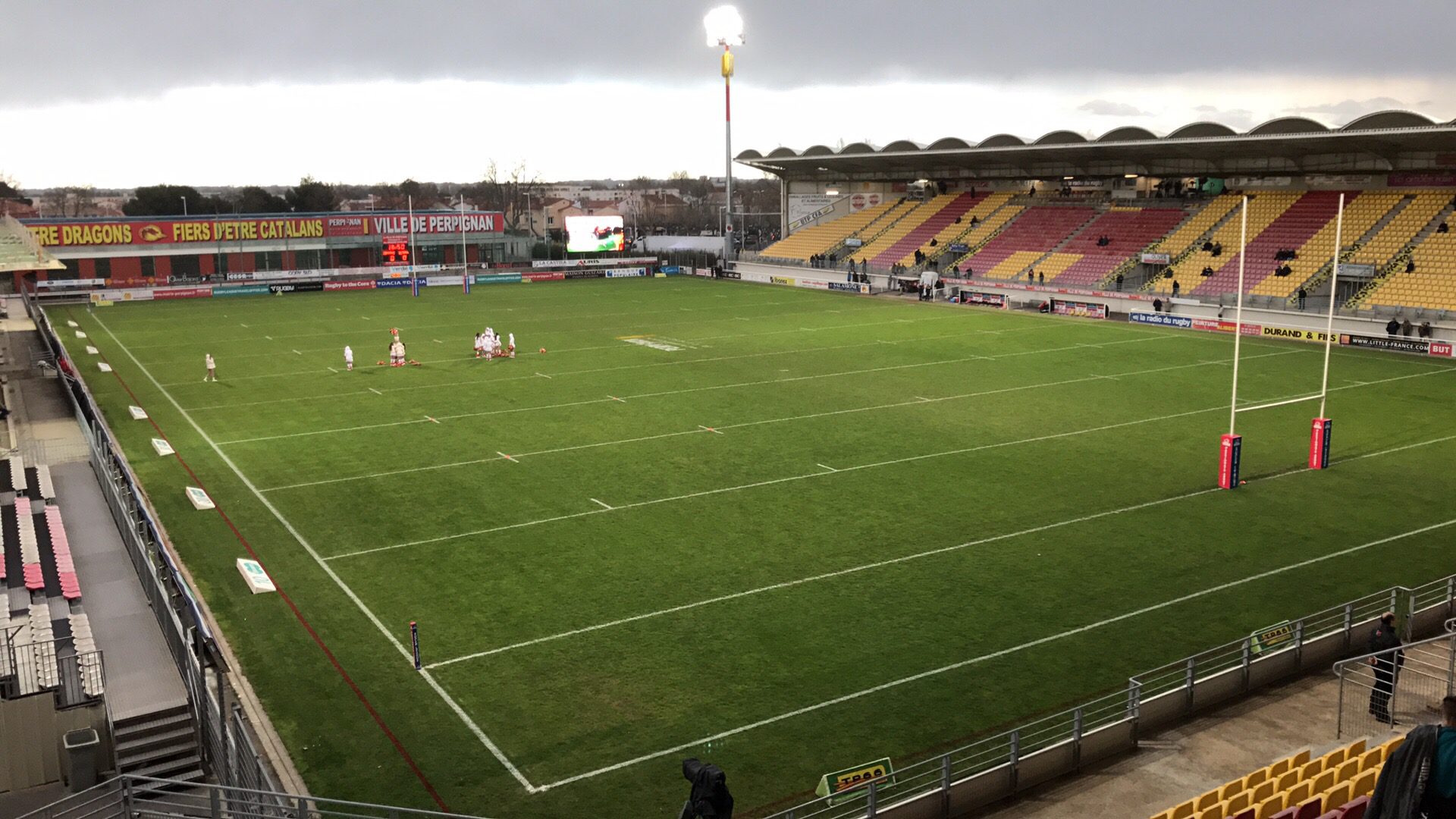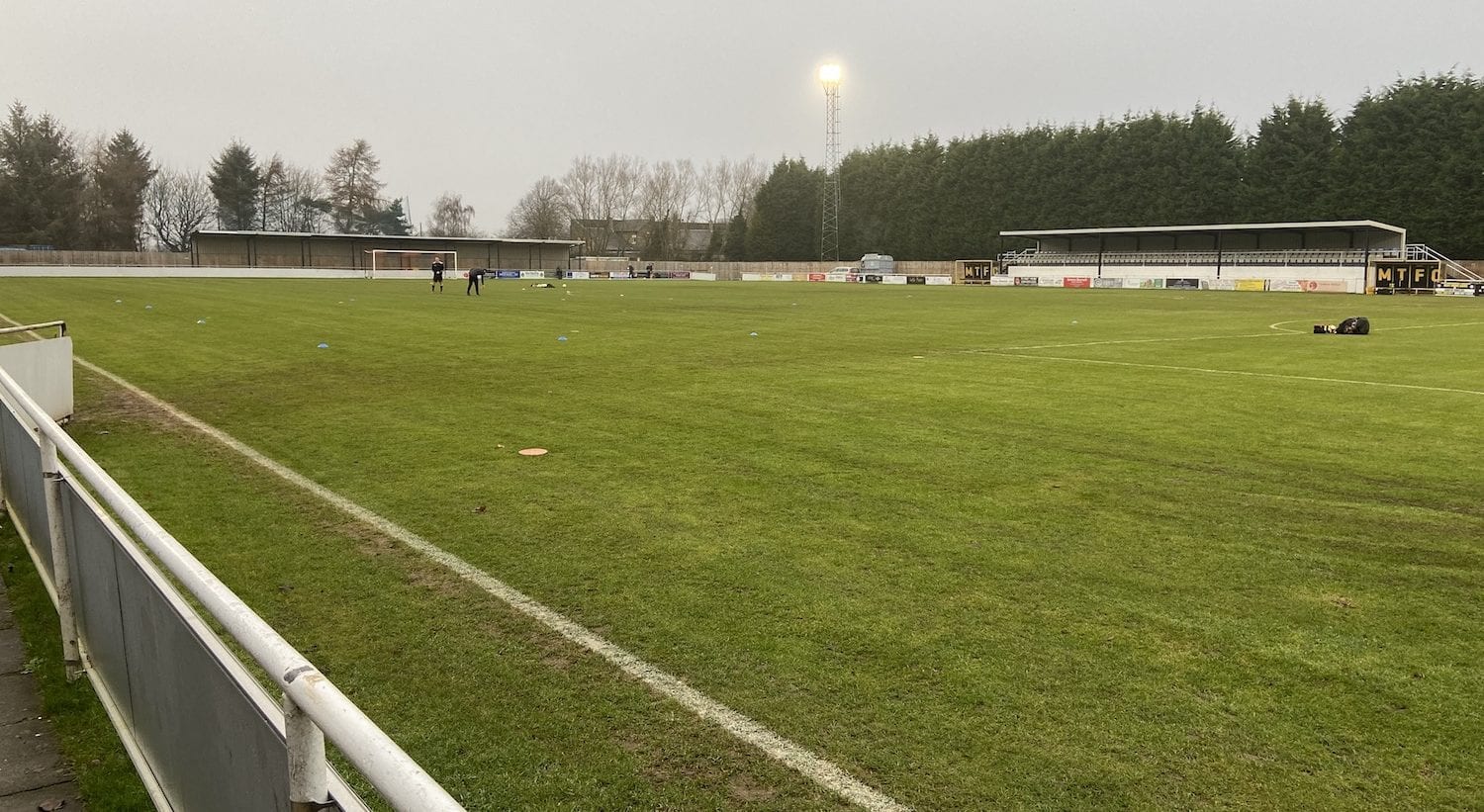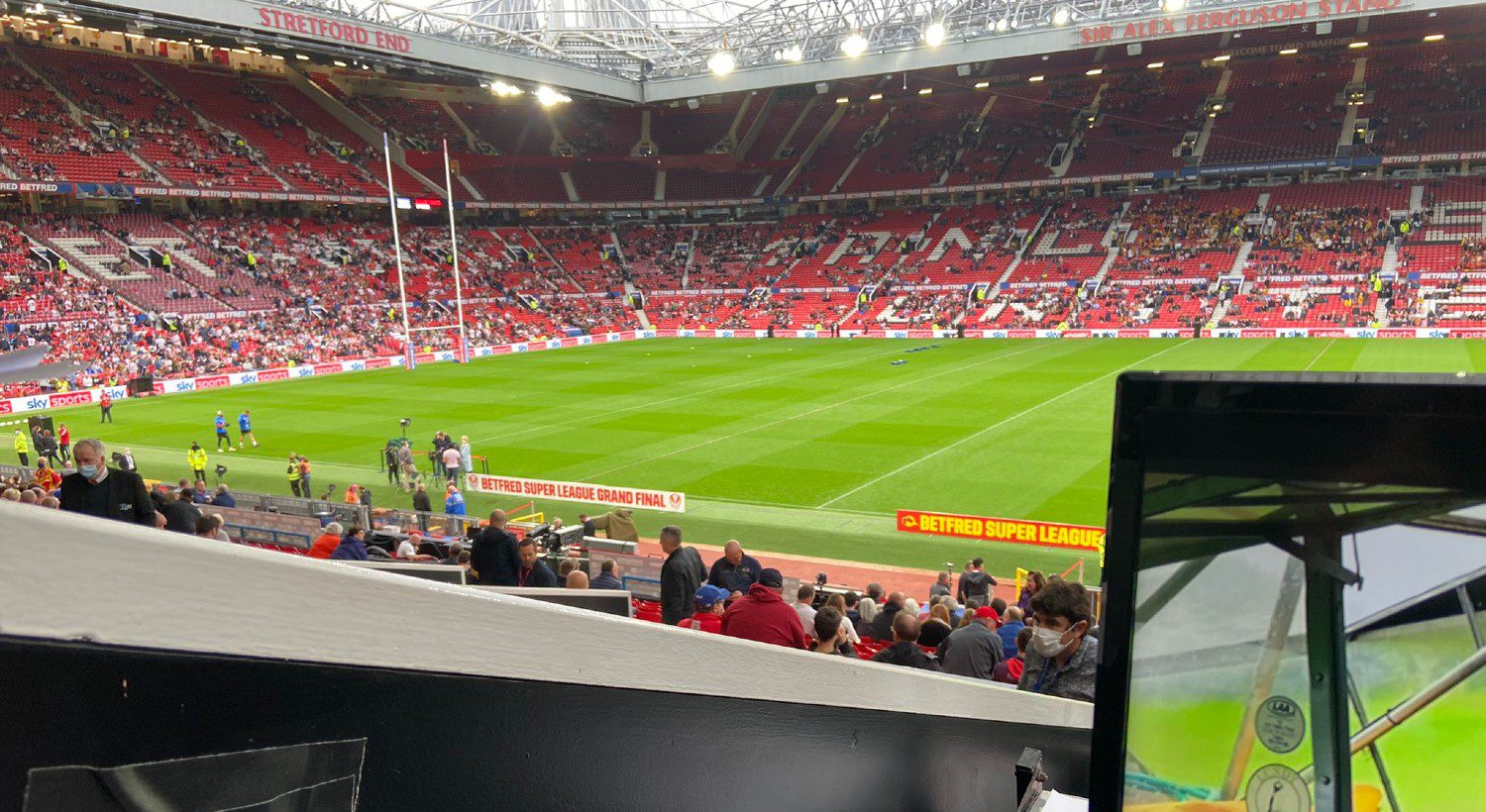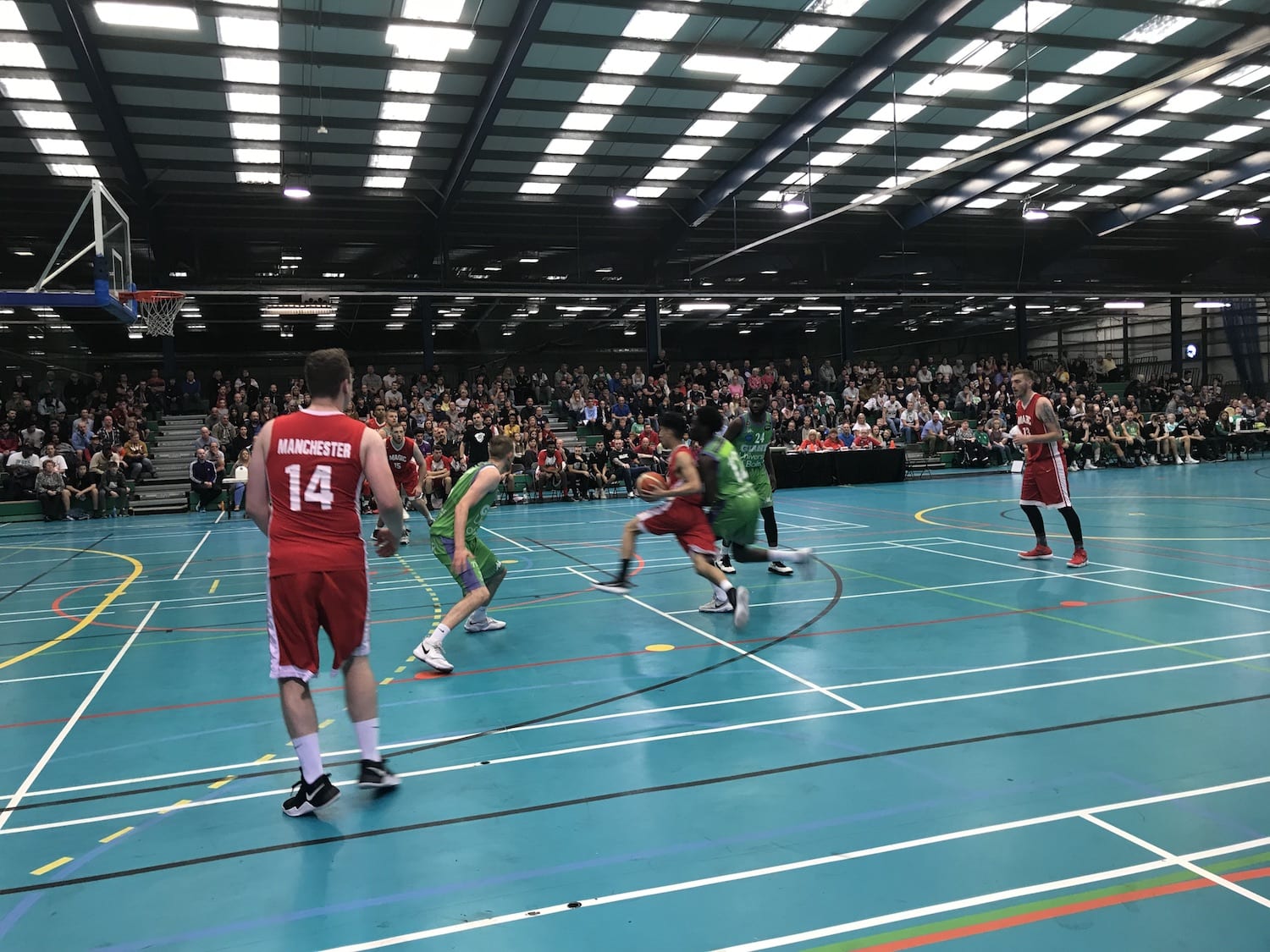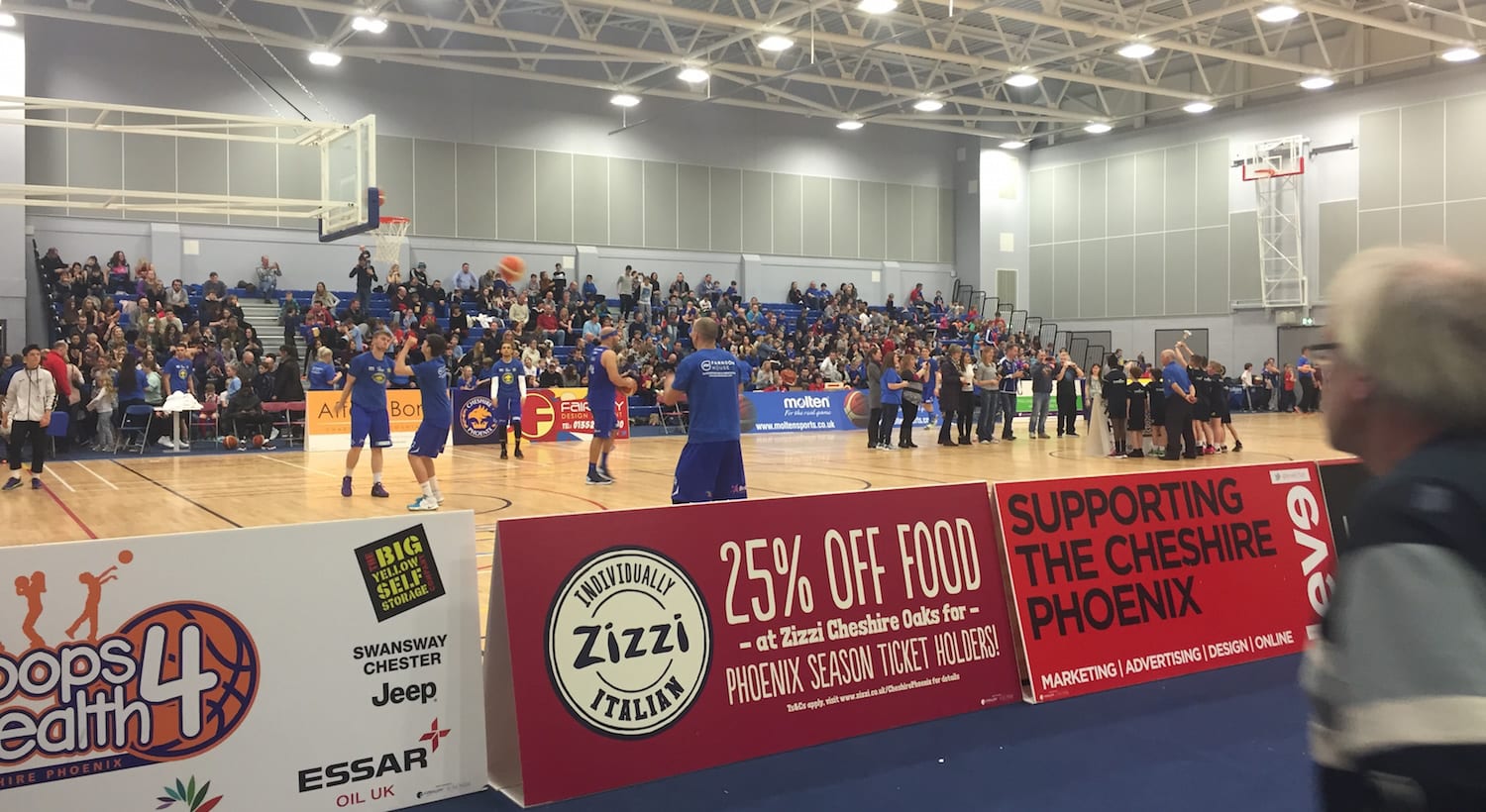This year, Japan will be holding the 2019 Rugby World Cup from 20 September to 2 November. This will be the first time that an Asian country has hosted a rugby tournament of this magnitude.
This is the ninth edition of the Rugby World Cup since its inception in 1987 with Australia and New Zealand as co-organizers. Held every 4 years since then, it is the third largest international sports competition in the world, after the World Cup of Soccer and the Olympic Games.
The competition is divided into two stages, a qualification involving 120 countries, and the world cup, to which the best 20 teams in the world qualify. But only one will keep the desired trophy: the “Webb Ellis Cup”. Named in honor to the man who invented this sport in 1823, being a clergyman of the Anglican Church – by the way – in 2008, World Rugby paid tribute to him and introduced him to the World Rugby Hall of Fame, together with the prestigious Rugby School.
Winners Up to Date
New Zealand: Championship in 1987, 2011 and 2015. Second place in 1995. Third place in 1991 and 2003 and fourth place in 1999.
Australia: Two times Champions in 1991 and 1999. Second place in 2003 and 2015. Third place in 2011 and fourth place in 1987.
South Africa: Champions in 1995 and 2007. Two times third place, in 1999 and 2015.
England: World Champions in 2003. Two times second place, in 1991 and 2007. Fourth place in 1995.
France: Never won the Rugby World Cup yet but, they end up three times in second place, in 1987, 1999 and 2011. Third place in 1995 and two times fourth-place, in 2003 and 2007.
Argentina: Only third and fourth place in 2007 and 2015, respectively.
Wales: Third in 1987, and fourth place 2011.
Scotland: Got a fourth place in 1991.
Players with More Scores in the World Cup
Jonny Wilkinson (England): Scored 277 points in 19 matches.
Gavin Hastings (Scotland): Scored 227 points in 13 matches.
Michael Lynagh (Australia): Scored 195 points in 15 matches.
Dan Carter (New Zealand): Scored 191 points in 15 matches.
Grant Fox (New Zealand): Scored 170 points in 10 matches.
2019 Qualified Team Pools
The opening ceremony will be held on September 20, 2019, at the Ajinomoto Stadium in Chōfu, Tokyo, followed by the first match of the competition between Russia and Japan. That being said, let’s tackle the groups formed by the classified teams.
In the first phase, 20 teams divided into four groups of five teams each, will meet in a single round-robin of ten matches
Pool A
This pool is composed by Ireland “Shamrocks”, Scotland, the Brave Blossoms from Japan, Russian Bears, and Samoa team (Talavalu).
Favourites: Ireland, Scotland, and Japan as the Host.
Pool B
The group of death is formed by New Zealand’ All Blacks as the favourites, followed by the Springboks from South Africa, the Italian Azurris, the Welwitschias from Namibia, and the Canucks from Canada.
Pool C
Another group formed by very strong teams as England, Le XV de France, Los Pumas from Argentina, The Eagles from the United States, and the ‘Ikale Tahi from Tonga.
Pool D
This group in another with a very strong Rugby background. It is formed by the Australian “Wallabies”, the Dragons from Wales, The Lelos or “Men of Borjgali” from Georgia, the “Bati” (The Warriors) from Fiji, and Los Teros from Uruguay.
Venues
Initially, Singapore was also included as part of the organization committee but all games will now be played in Japan.
If you are crazy to see powerful scrums, amazing tries, a drive around a ruck or those impossible kicks at goal, then take some notes and get ready for the action! These incredible venues will be holding these “Gladiators” in tremendous battles.
- The Ajinomoto Stadium in Chōfu, Tokyo will hold 50,000 people for the opening and other matches.
- Shizuoka Stadium Ecopa in Fukuroi City has a capacity for 50,889 spectators.
- The Hanazono Rugby Stadium in Higashiosaka is the oldest Rugby stadium in Japan, has a capacity for 30,000 people.
- Fukuoka Hakatanomori Stadium, located in the Hakata ward of Fukuoka City, this stadium can support up to 22,563 people.
- Toyota Stadium in Toyota, Aichi Prefecture, has 45,000 retractable and comfortable seats.
- Sapporo Dome, located in Toyohira-Ku, Sapporo has a capacity for 41,410 people.
- The multi-purpose Showa Denko Dome Oita, also known as the Oita Stadium in Oita Prefecture on Kyushu Island can hold up to 40,000 fans.
- Kumamoto Stadium in Higashi-Ku, Kumamoto has a capacity for 32,000 people.
- The Kobe Misaki Stadium or “Kobe City Misaki Park Stadium” that is also known as The Noevir Stadium Kobe has a capacity for 30,132 people.
- The Kumagaya Rugby Stadium in Kumagaya, Saitama can hold up to 24,000 spectators.
- The Kamaishi Recovery Memorial Stadium, also known as Kamaishi Onosumai Stadium, located in Kamaishi, Iwate has the lowest capacity by holding up to 16,187 rugby fans.
- And last but not least the International Stadium Yokohama, in the Kanagawa Prefecture with a capacity for 72,327 people that will host the final.
If you are planning to visit Japan to be part of this Rugby World Cup tournament, you better run like a racing horse. Get your plane tickets, look for accommodation, get your tickets to the games and follow your favourite team.

